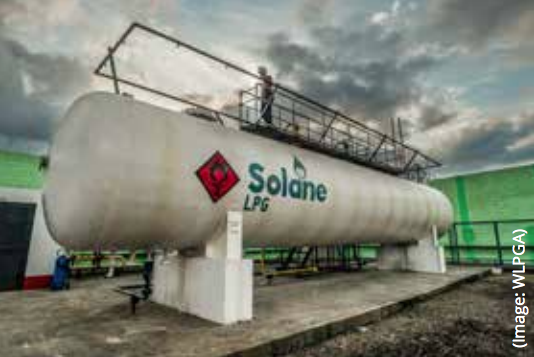Industry, Innovation and Infrastructure
There is an urgent need to decarbonize industry globally. Without a shift in the types of fuels used, it is unlikely that greenhouse gas reduction targets will be met. In countries like the U.S. where nearly 50% of the industrial sector uses coal, a significant opportunity exists to switch to LPG for a lower carbon footprint.
LPG is used in both large industries as well as for smaller applications, in both developed and developing countries alike, as a key clean-burning fuel. It is used in the metallurgical industry and to fuel boilers, forklifts, ovens, and furnaces. It is used in pottery and ceramic tile manufacture, for the production of polymers, paint and varnish. It is also used in aerosols to replace ozone depleting propellants.
LPG’s significance, versatility and flexibility as a fuel with many applications is important for consideration when developing sustainable industrialisation plans. In addition, the availability of bio-sourced LPG, or renewable LPG produced from organic wastes and residues, is growing year on year. Bio-LPG provides a promising pathway towards decarbonisation of the LPG sector, of the many industries that LPG fuel supports, and of many industrial and transport processes that presently use other, highercarbon-footprint fuels.
Adoption of LPG at scale in a national setting requires investment in infrastructure related to importation (if LPG is not domestically produced), bulk storage, transportation, and filling facilities and LPG cylinders.
It also requires well-expanded distribution and retailing networks to ensure reliable and affordable supply and safe delivery to end-users.


LPG-fueled hot air balloons floating over Türkiye


